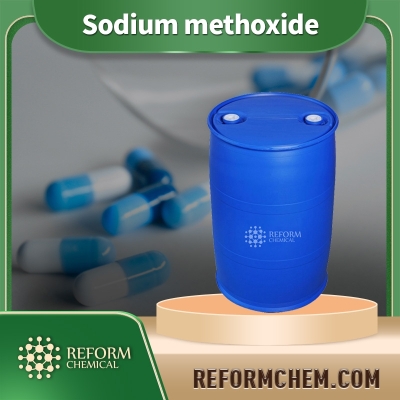-
Categories
-
Pharmaceutical Intermediates
-
Active Pharmaceutical Ingredients
-
Food Additives
- Industrial Coatings
- Agrochemicals
- Dyes and Pigments
- Surfactant
- Flavors and Fragrances
- Chemical Reagents
- Catalyst and Auxiliary
- Natural Products
- Inorganic Chemistry
-
Organic Chemistry
-
Biochemical Engineering
- Analytical Chemistry
-
Cosmetic Ingredient
- Water Treatment Chemical
-
Pharmaceutical Intermediates
Promotion
ECHEMI Mall
Wholesale
Weekly Price
Exhibition
News
-
Trade Service
Although there is a rebound in the middle of the international crude oil price, it has not changed the overall downward trend, so it is not surprising that it fell by 4%, and there is not much suspense that domestic oil prices will continue to adjust
downward.
In the early morning of the 4th Beijing time, the price of U.
S.
WTI crude oil futures closed sharply lower
on Wednesday.
U.
S.
government data showed an unexpected rise in U.
S.
crude and gasoline inventories, erasing gains gained after OPEC+ announced a modest increase in September production targets in the morning and turned further down
.
West Texas Intermediate (WTI) crude for September delivery fell $3.
76, or 4 percent, to settle at $
90.
66 a barrel on the New York Mercantile Exchange.
On February 23, the day before the outbreak of the Russian-Ukrainian conflict, the price of U.
S.
WTI crude oil futures closed at $92.
10 per barrel, which means that the current WTI crude oil futures price is already below the pre-Russia-Ukraine conflict level
.
In March, WTI crude briefly topped $
130 per barrel.
Some analysts said that as international oil prices continue to fall, domestic oil prices still have room for further reduction, and the sustainability may be stronger, which is actually a good thing for users, what do you think?







